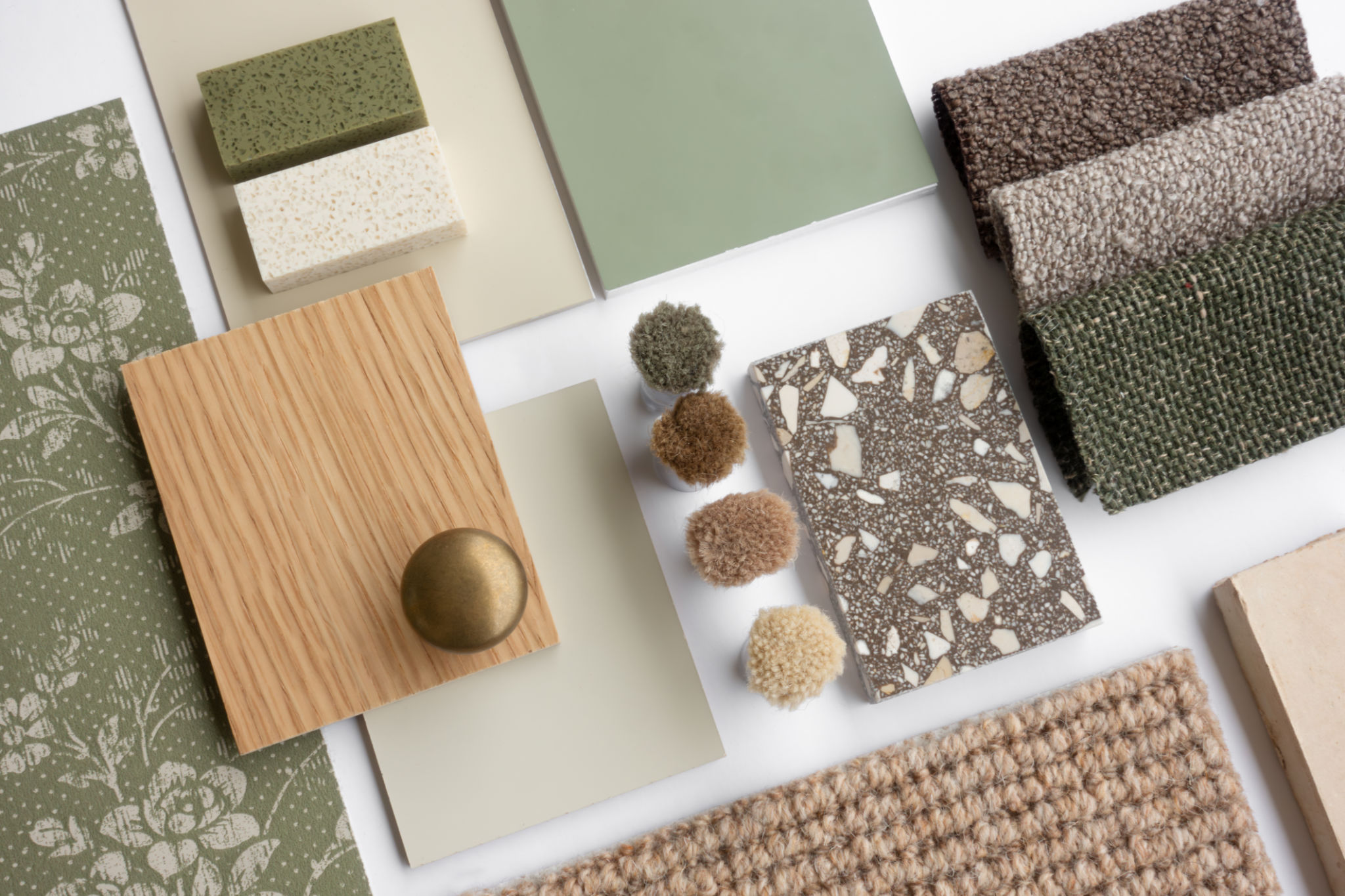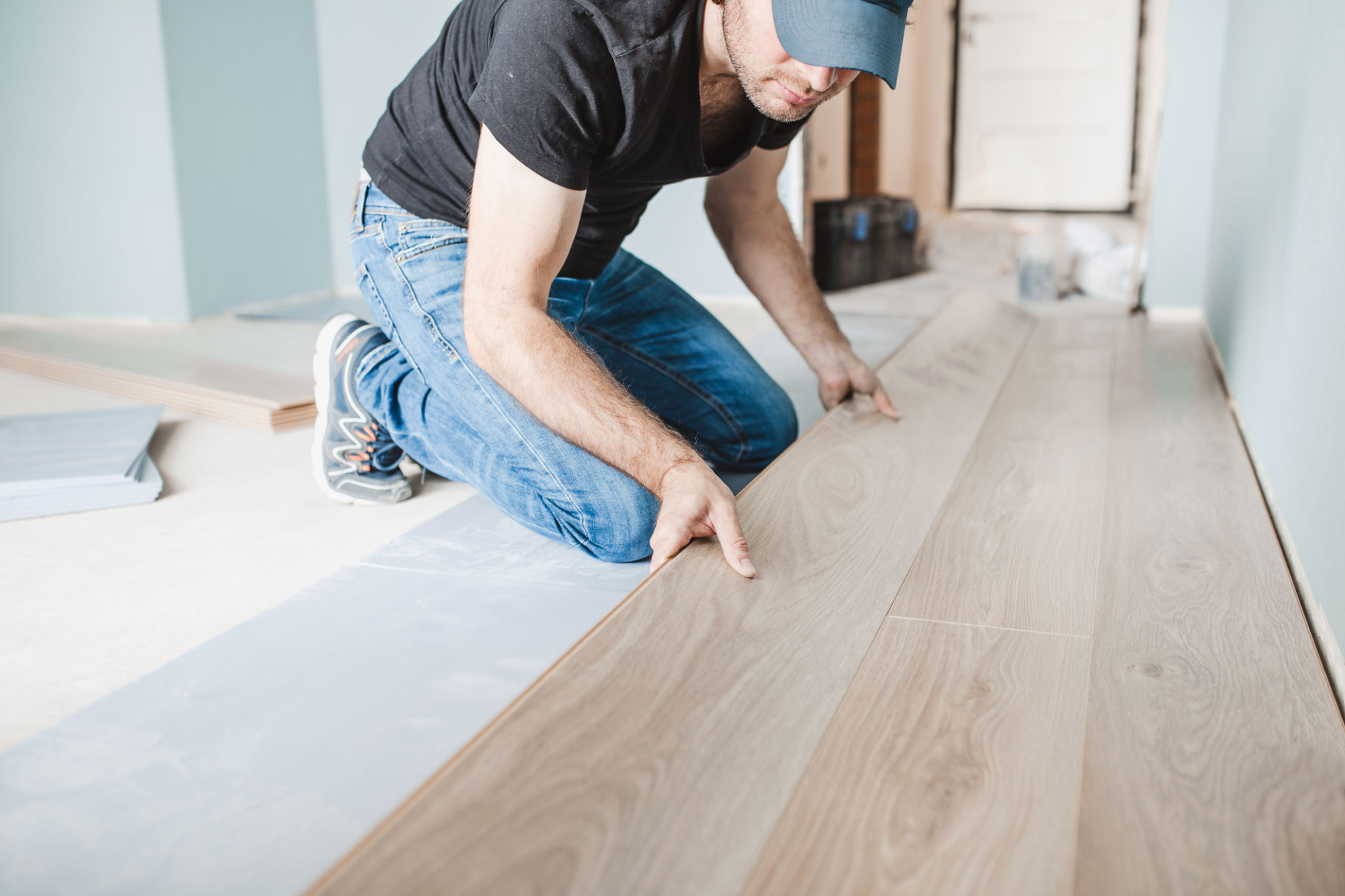Vinyl vs. Tile Flooring: Which Is Best for Your Canadian Home?
Introduction to Vinyl and Tile Flooring
When it comes to choosing the perfect flooring for your Canadian home, two popular options often come to mind: vinyl and tile. Both have their unique advantages and can suit different styles and needs. Deciding between the two can be challenging, so it's essential to understand their differences, benefits, and potential drawbacks.
In this blog post, we'll explore the characteristics of vinyl and tile flooring, helping you make an informed decision for your home. Whether you're renovating or building from scratch, knowing these details will ease the selection process.

Durability and Lifespan
The Strength of Tile Flooring
Tile flooring is known for its exceptional durability. Made from materials like ceramic or porcelain, tiles are resistant to scratches, stains, and moisture, making them ideal for high-traffic areas such as kitchens and bathrooms. With proper maintenance, tile flooring can last for several decades, providing a long-term investment for your home.
Vinyl Flooring Resilience
Vinyl flooring, on the other hand, offers remarkable resilience and is particularly resistant to moisture and scratches. While it may not match the lifespan of tile, modern advances have made luxury vinyl planks exceptionally durable. They can withstand heavy foot traffic and are often considered more forgiving than tile when it comes to impacts.

Aesthetic Appeal
Versatility of Vinyl
Vinyl flooring is renowned for its versatility in design. Available in a wide range of patterns, colors, and textures, vinyl can mimic the look of natural wood, stone, or even tile. This adaptability allows homeowners to achieve their desired aesthetic without compromising on practicality or budget.
Classic Beauty of Tile
Tile flooring offers a timeless appeal that suits various home styles. With a plethora of shapes, sizes, and finishes available, tiles can create stunning visual effects in any room. From the classic elegance of marble to the rustic charm of terra cotta, tile flooring enhances a home's character.

Installation and Maintenance
Ease of Installing Vinyl
Vinyl flooring is generally easier and quicker to install than tile. It often comes in planks or sheets that can be installed over existing floors without much hassle. This makes vinyl a great option for DIY enthusiasts looking to save on professional installation costs.
Tile Installation Considerations
Installing tile flooring requires a bit more expertise. Proper subfloor preparation is crucial to ensure a level surface, and grout lines need to be sealed to prevent moisture penetration. While this involves more time and effort, the result is a robust floor that can withstand heavy use.

Cost Considerations
When it comes to cost, vinyl flooring tends to be more budget-friendly than tile. The materials are generally less expensive, and since installation is simpler, labor costs are reduced as well. This makes vinyl an attractive option for homeowners looking to update their flooring without breaking the bank.
Tile flooring, while potentially more expensive upfront due to material and installation costs, offers long-term value through its durability and timeless appeal. For those who prioritize longevity and classic aesthetics, tile may be well worth the investment.
Conclusion: Making Your Choice
Ultimately, the choice between vinyl and tile flooring depends on your specific needs, preferences, and budget. Consider the factors discussed in this blog post — durability, aesthetics, installation, maintenance, and cost — to determine which option aligns best with your lifestyle and home environment.
Both vinyl and tile offer unique benefits that can enhance the beauty and functionality of your Canadian home. By weighing these aspects carefully, you can select a flooring option that will serve you well for years to come.